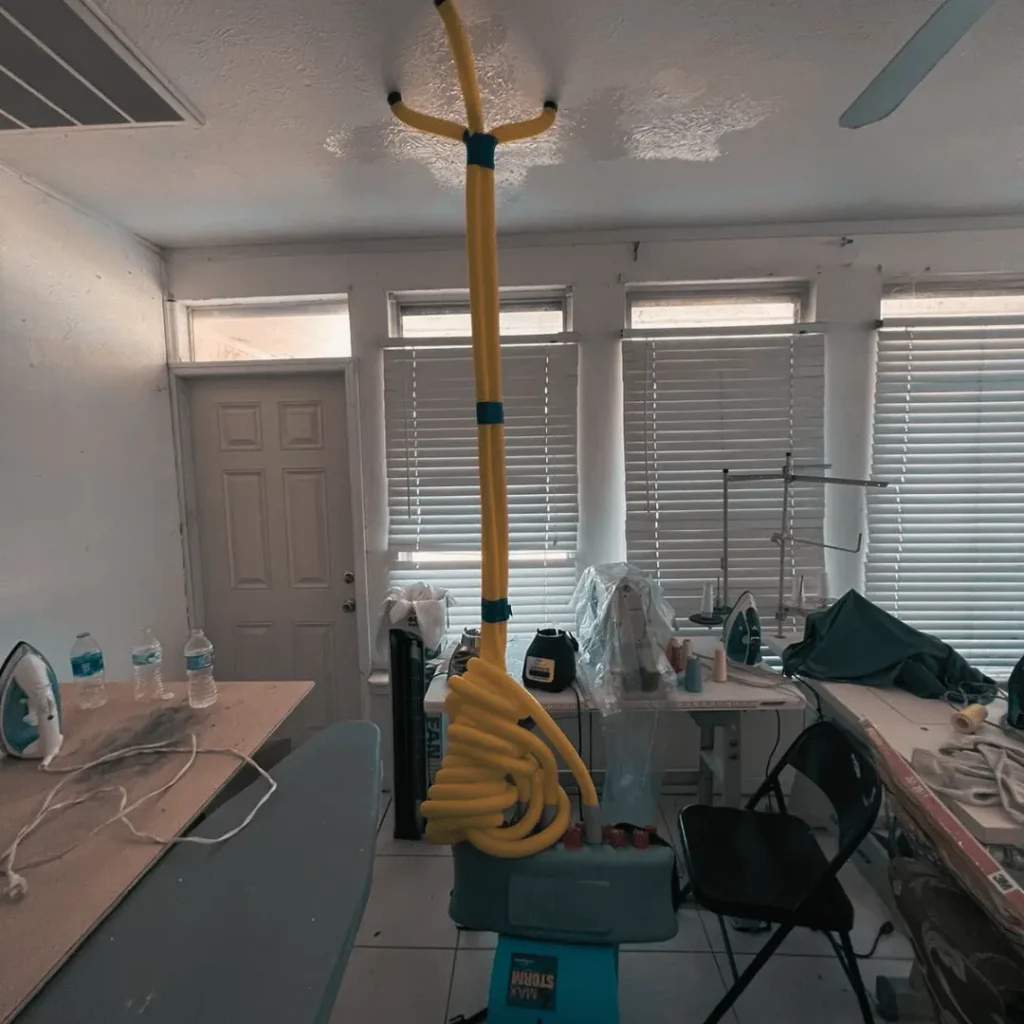
What to Do After Experiencing a Flood on Your Property: Essential Steps and Expert Advice
Water damage can be a homeowner’s worst nightmare, causing significant property damage and costly repairs. From burst pipes to leaky roofs, water-related incidents can occur unexpectedly and wreak havoc on your home. However, there are proactive steps you can take to minimize the risk and mitigate the impact of water damage. In this article, we will share expert tips and strategies to help you protect your home and belongings.
Regularly Inspect and Maintain Your Plumbing: One of the main sources of water damage is plumbing issues, such as leaking pipes or faulty connections. Conduct routine inspections of your plumbing system, including pipes, faucets, and appliances, to identify any signs of leaks or potential problems. Promptly address any issues by repairing or replacing damaged components to prevent water damage.
Install Water Detection Devices: Water detection devices, such as leak sensors and moisture alarms, can be valuable tools in preventing water damage. These devices can alert you to potential leaks or excess moisture, allowing you to take immediate action before significant damage occurs. Place these devices in vulnerable areas, such as near water heaters, washing machines, and under sinks.
Maintain Your Roof and Gutters: Regular roof maintenance is crucial in preventing water intrusion. Inspect your roof for missing or damaged shingles, and promptly repair any issues to ensure a watertight seal. Additionally, keep your gutters clean and free of debris to facilitate proper water drainage and prevent overflow that can lead to water damage.
Seal Windows and Doors: Properly sealed windows and doors act as a barrier against water intrusion. Check for any gaps or cracks around windows and doors and apply weatherstripping or caulking as needed to prevent water from seeping into your home during heavy rain or storms.
Monitor Indoor Humidity Levels: Excessive indoor humidity can contribute to the growth of mold and mildew, as well as damage wood structures and belongings. Use a dehumidifier to maintain optimal humidity levels (around 40-50%) in your home. Additionally, ensure proper ventilation in high-moisture areas like bathrooms, kitchens, and basements.
Install a Sump Pump: If you have a basement or are prone to flooding, consider installing a sump pump. This device automatically detects excess water and pumps it away from your home, reducing the risk of basement flooding and water damage.

7. Act Quickly in Case of Water Intrusion: In the event of a water-related incident, acting quickly is essential to minimize damage. Shut off the main water supply if necessary, and remove any standing water as soon as possible. Use fans, dehumidifiers, and open windows to facilitate drying. Consider contacting a professional water restoration company like Easy Tarp & Restoration, who can provide immediate assistance and expertise in water damage mitigation.
8. Store Belongings Properly: Take precautions to protect your valuable belongings from water damage. Store items in waterproof containers or elevated shelves, especially in areas prone to water intrusion. Avoid storing valuable items in basements or areas at risk of flooding.


